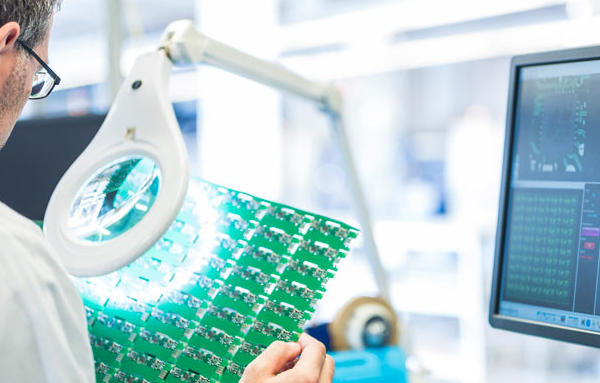Classification of Power Management ICs and Inventory of Global IC Manufacturers

In all electronic devices and products, there is no shortage of power management ICs. With the rapid development of digital high-speed IC technology and chip manufacturing process technology, the role of high-performance power ICs to "help out" becomes more and more important. The ever-changing application of electronic products and the rise of environmental protection, green and energy-saving requirements have also put forward higher requirements for power ICs, resulting in a new generation of high-integration, high-performance and high-efficiency power management ICs. mission.
Power management semiconductors clearly emphasize the position and role of power management integrated circuits (power management ICs, referred to as power management chips) in terms of the devices they contain. Power management semiconductors include two parts, power management integrated circuits and power management discrete semiconductor devices.
Power management integrated circuits include many categories, which are roughly divided into voltage regulation and interface circuits. The voltage regulator includes a linear low-dropout regulator (ie LOD), as well as positive and negative output series circuits, and there is no pulse width modulation (PWM) type switching circuit.
Due to technological progress, the physical size of digital circuits in integrated circuit chips is getting smaller and smaller, so the working power supply is developing towards low voltage, and a series of new voltage regulators have emerged as the times require. Interface circuits for power management mainly include interface drivers, motor drivers, power field effect transistor (MOSFET) drivers, and high-voltage/high-current display drivers.
Power management discrete semiconductor devices include some traditional power semiconductor devices, which can be divided into two categories, one includes rectifiers and thyristors; the other is triode type, including power bipolar transistors, including MOS structure. Power Field Effect Transistor (MOSFET) and Insulated Gate Bipolar Transistor (IGBT) etc.
To a certain extent, it is precisely because of the large-scale development of power management ICs that power semiconductors are renamed power management semiconductors. It is precisely because so many integrated circuits (ICs) have entered the power supply field that people call the current power technology more in terms of power management.
Classification of Power Management ICs
The main part of power management semiconductors is the power management IC, which can be roughly classified into the following eight types.
AC/DC modulation IC. Contains a low-voltage control circuit and a high-voltage switching transistor.
DC/DC modulation IC. Includes boost/buck regulators, and charge pumps.
Power factor control PFC pre-modulation IC. Provides a power input circuit with power factor correction.
Pulse Modulation or Pulse Amplitude Modulation PWM/PFM Control IC. It is a pulse frequency modulation and/or pulse width modulation controller for driving external switches.
Linear modulation IC (such as linear low dropout regulator LDO, etc.). Includes positive and negative regulators, as well as low-dropout LDO modulator tubes.
Battery charging and management IC. Includes battery charging, protection, and battery level display ICs, as well as "smart" battery ICs that communicate battery data.
Hot-plug board control IC (removes the effect of plugging or unplugging another interface from the working system).
Switching function IC of MOSFET or IGBT.
Among these power management ICs, voltage regulation ICs are the fastest growing and largest volume segment. Various power management ICs are basically associated with some related applications, so more types of devices can be listed for different applications. The technical trend of power management is high efficiency, low power consumption, and intelligence.



